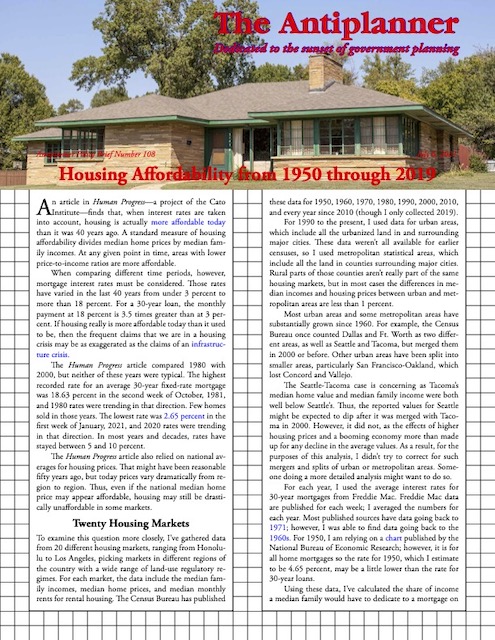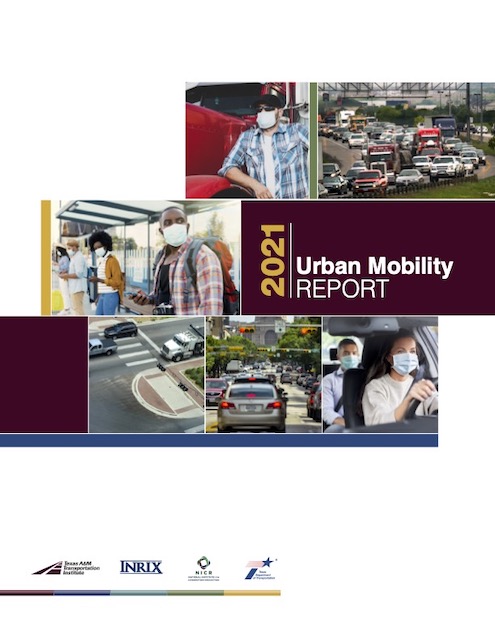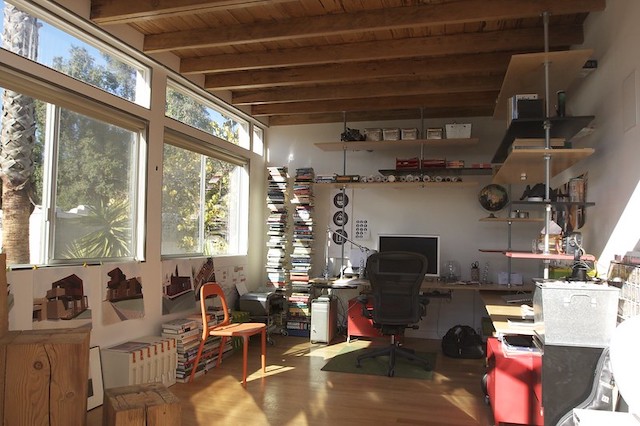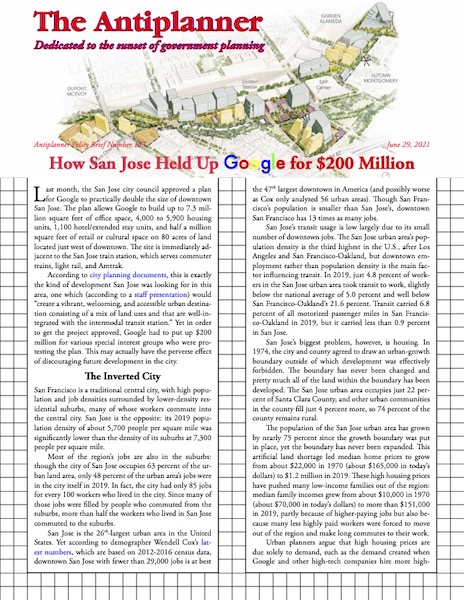The House of Representatives passed a transportation reauthorization bill called the INVEST Act, but it really should be called the SPEND Act. Spending money is only an investment if the spender expects to get something in return for the cost, and much of the money in the INVEST Act will produce no real returns.
The bill, which has yet to be approved by the Senate, represents the normal reauthorization of the Highway Trust Fund, meaning federal spending on highways and transit, which happens about every six years. Normally this mainly deals with how the gas taxes and other federal highway user fees are spent. But this year, the House has gone overboard, agreeing to spend $715 billion over five years, which more than twice as much money as the Highway Trust Fund is likely to collect.
Admittedly, part of that $715 billion includes $168 billion for water infrastructure, which has never previously been a part of a transportation reauthorization bill. It also includes $95 billion for Amtrak, which is also not from the Highway Trust Fund. Spending on highways and transit would total to $452 billion, which is still more than twice as much as is likely to be collected in highway user fees. The federal government collected less than $45 billion in user fees in 2019 and, since collections in 2020 and 2021 will be smaller, total revenues are likely to be less than $220 billion over the five years of the bill. Continue reading












